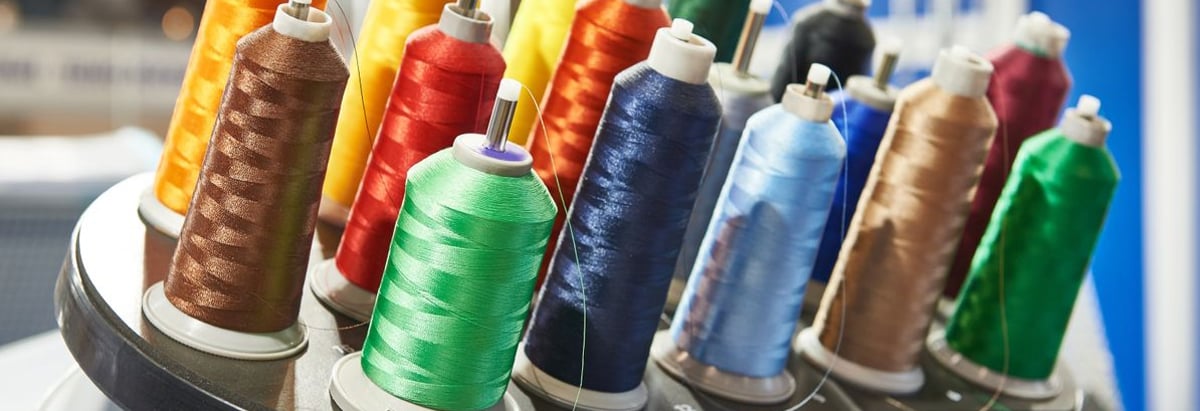Is Damodar Industries Limited's (NSE:DAMOINDUS) 9.96% ROE Good Enough Compared To Its Industry?

Damodar Industries Limited (NSEI:DAMOINDUS) performed in-line with its textiles industry on the basis of its ROE – producing a return of9.96% relative to the peer average of 8.54% over the past 12 months. However, whether this ROE is actually impressive depends on if it can be maintained. A measure of sustainable returns is DAMOINDUS’s financial leverage. If DAMOINDUS borrows debt to invest in its business, its profits will be higher. But ROE does not capture any debt, so we only see high profits and low equity, which is great on the surface. But today let’s take a deeper dive below this surface. See our latest analysis for Damodar Industries
Breaking down Return on Equity
Firstly, Return on Equity, or ROE, is simply the percentage of last years’ earning against the book value of shareholders’ equity. For example, if the company invests ₹1 in the form of equity, it will generate ₹0.1 in earnings from this. Investors seeking to maximise their return in the Textiles industry may want to choose the highest returning stock. However, this can be misleading as each firm has different costs of equity and debt levels i.e. the more debt Damodar Industries has, the higher ROE is pumped up in the short term, at the expense of long term interest payment burden.
Return on Equity = Net Profit ÷ Shareholders Equity
ROE is assessed against cost of equity, which is measured using the Capital Asset Pricing Model (CAPM) – but let’s not dive into the details of that today. For now, let’s just look at the cost of equity number for Damodar Industries, which is 14.78%. Since Damodar Industries’s return does not cover its cost, with a difference of -4.83%, this means its current use of equity is not efficient and not sustainable. Very simply, Damodar Industries pays more for its capital than what it generates in return. ROE can be split up into three useful ratios: net profit margin, asset turnover, and financial leverage. This is called the Dupont Formula:
Dupont Formula
ROE = profit margin × asset turnover × financial leverage
ROE = (annual net profit ÷ sales) × (sales ÷ assets) × (assets ÷ shareholders’ equity)
ROE = annual net profit ÷ shareholders’ equity
The first component is profit margin, which measures how much of sales is retained after the company pays for all its expenses. The other component, asset turnover, illustrates how much revenue Damodar Industries can make from its asset base. And finally, financial leverage is simply how much of assets are funded by equity, which exhibits how sustainable the company’s capital structure is. ROE can be inflated by disproportionately high levels of debt. This is also unsustainable due to the high interest cost that the company will also incur. Thus, we should look at Damodar Industries’s debt-to-equity ratio to examine sustainability of its returns. The ratio currently stands at a sensible 79.12%, meaning Damodar Industries has not taken on excessive debt to drive its returns. The company is able to produce profit growth without a huge debt burden.
Next Steps:
ROE is one of many ratios which meaningfully dissects financial statements, which illustrates the quality of a company. Damodar Industries’s ROE is impressive relative to the industry average, though its returns were not strong enough to cover its own cost of equity. Its high ROE is not likely to be driven by high debt. Therefore, investors may have more confidence in the sustainability of this level of returns going forward. ROE is a helpful signal, but it is definitely not sufficient on its own to make an investment decision.
For Damodar Industries, I've put together three relevant aspects you should further examine:
- 1. Financial Health: Does it have a healthy balance sheet? Take a look at our free balance sheet analysis with six simple checks on key factors like leverage and risk.
- 2. Future Earnings: How does Damodar Industries's growth rate compare to its peers and the wider market? Dig deeper into the analyst consensus number for the upcoming years by interacting with our free analyst growth expectation chart.
- 3. Other High-Growth Alternatives : Are there other high-growth stocks you could be holding instead of Damodar Industries? Explore our interactive list of stocks with large growth potential to get an idea of what else is out there you may be missing!
New: Manage All Your Stock Portfolios in One Place
We've created the ultimate portfolio companion for stock investors, and it's free.
• Connect an unlimited number of Portfolios and see your total in one currency
• Be alerted to new Warning Signs or Risks via email or mobile
• Track the Fair Value of your stocks
Have feedback on this article? Concerned about the content? Get in touch with us directly. Alternatively, email editorial-team@simplywallst.com
Simply Wall St analyst Simply Wall St and Simply Wall St have no position in any of the companies mentioned. This article is general in nature. We provide commentary based on historical data and analyst forecasts only using an unbiased methodology and our articles are not intended to be financial advice. It does not constitute a recommendation to buy or sell any stock and does not take account of your objectives, or your financial situation. We aim to bring you long-term focused analysis driven by fundamental data. Note that our analysis may not factor in the latest price-sensitive company announcements or qualitative material.
About NSEI:DAMODARIND
Damodar Industries
Manufactures and markets synthetic blended yarns in India.
Good value with acceptable track record.
Market Insights
Community Narratives





